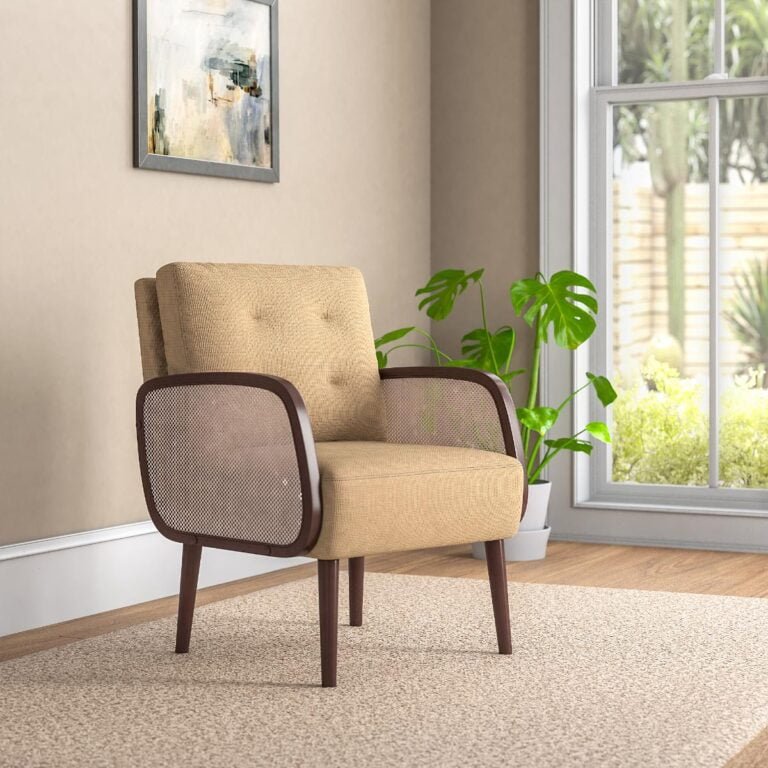Little Known Facts About 3d Furniture Visualization.
Premium 3D Furniture Rendering for Impressive Showcases

In a highly competitive furniture sector, compelling imagery is vital for capturing attention and increasing revenue. Through 3D visualisation, furniture makers reveal their designs with true-to-life precision in realistic, styled spaces. With state-of-the-art rendering, brands can produce images that showcase materials, finishes, and details, helping shoppers picture furniture in real environments.
How 3D Furniture Visualisation Works
3D furniture visualization is the process of using computer-generated imagery (CGI) to create realistic models and renderings of furniture items. The renders reveal details like fabric patterns and wood grain, offering a realism that standard photography rarely matches. Displaying furniture in thoughtfully designed digital settings allows customers to visualise products in real-life spaces.
The Value of 3D Visualisation in the Furniture Industry
For strong online and offline promotions, high-quality visuals are vital, and 3D rendering delivers cost-effective results. Unlike photography, which needs prototypes and studios, 3D visuals are built before production, lowering costs and saving time. Easily customisable visuals make 3D renders perfect for digital shops, brochures, and marketing materials.
Leveraging 3D Visualisation to Stand Out in the Market
Companies rely on 3D renders to design marketing content that draws attention in competitive arenas. Such renders appear across platforms, portraying furniture in multiple appealing lifestyle contexts. By showing products clearly and beautifully, these visuals build confidence and drive sales interest.
Why Lifestyle-Based Renders Boost Engagement
One of the key advantages of 3D furniture visualization is the ability to place furniture in realistic lifestyle scenes. Pieces are shown within styled spaces, enhanced with lighting and décor, so customers see a full aesthetic. Showing furniture in context deepens the emotional bond with buyers, prompting more sales.
Offering Diverse Options Through 3D Visualisation
3D visualization offers unmatched flexibility compared to traditional photography. Brands can test colours, materials, and setups digitally, avoiding costly prototypes. Brands can display many variations swiftly while ensuring consistent branding and quality.
Cost-Effective Solution for Furniture Companies
Traditional furniture photography often involves significant expenses, including prototype production, studio rentals, and logistics. By replacing samples and simplifying revisions, 3D visualisation saves money for brands. With 3D, businesses create extensive visual content affordably to fuel their marketing.
How Interactive Renders Improve E-Commerce Conversions
As digital sales grow, 3D renders have become critical for customer trust in furniture buying. These interactive visuals let buyers explore items from every angle, aiding better purchase choices. High-detail renders minimise returns and elevate buyer satisfaction.
Reducing Time-to-Market Using 3D Visual Content
Because 3D renders can be created before a product is manufactured, companies can accelerate their marketing efforts and bring products to market faster. It 3d Furniture Visualization enables quick rollout of new lines and catalogues while beating competitors to market.
How 3D Visualisation Strengthens Brand Aesthetics
Consistency is key to building brand identity, and 3D furniture visualization ensures that every image, from catalogue shots to online listings, aligns with the brand’s style and quality standards. Using 3D visuals ensures companies present a polished, cohesive identity in all media.
Why Furniture Brands Prefer Digital Rendering Solutions
As competition intensifies in the furniture industry, businesses are turning to 3D visualization to stand out. Brands choose 3D imagery for its realistic, flexible, and economical benefits that boost marketing and sales impact.
Conclusion
Furniture companies increasingly rely on 3D visualisation to exhibit products accurately and attractively. By offering lifelike detail, flexibility in presentation, and significant cost savings, it helps businesses enhance their marketing strategies and build stronger connections with customers. From online platforms to print, expert 3D renders improve visibility, driving engagement and sales results.